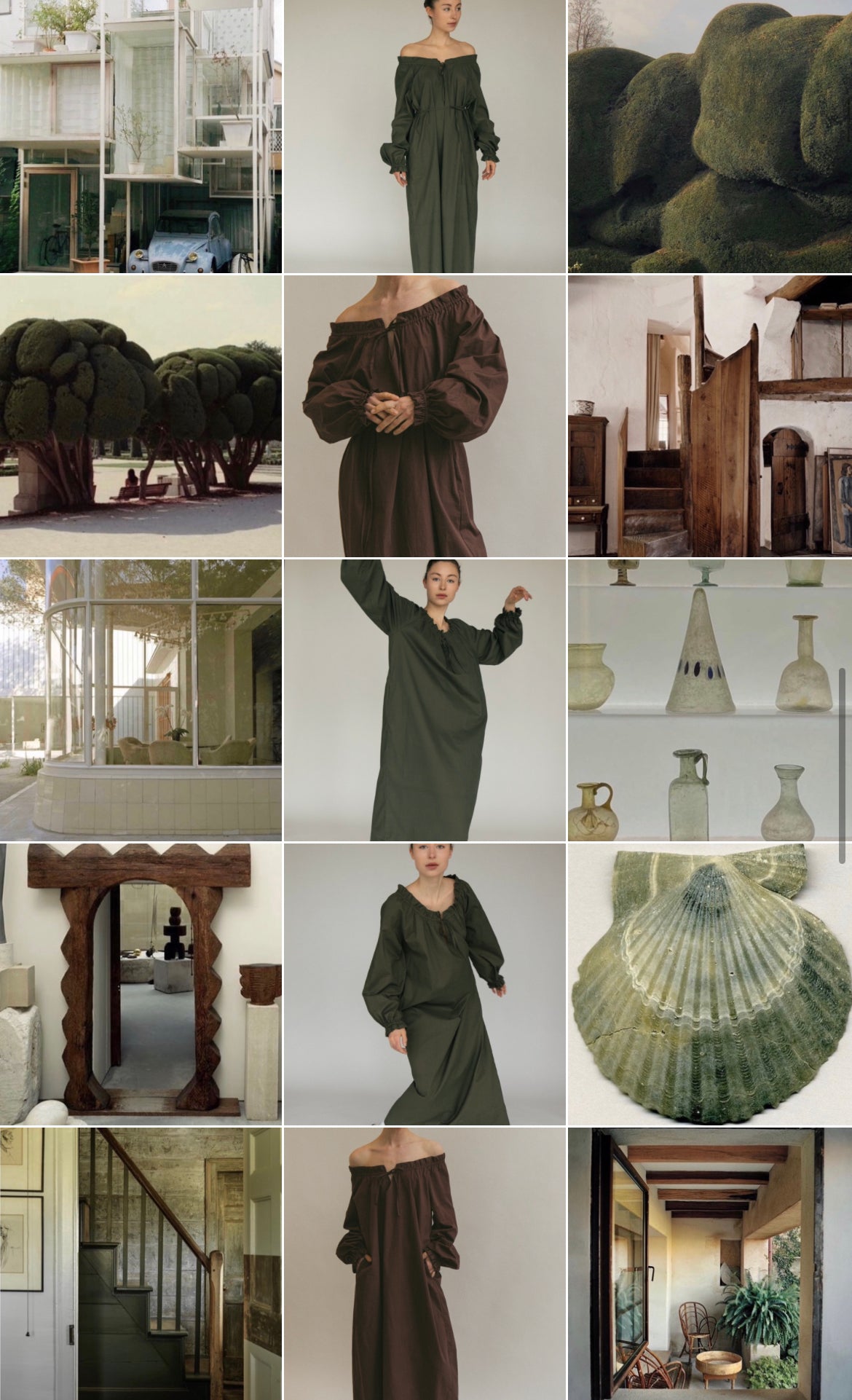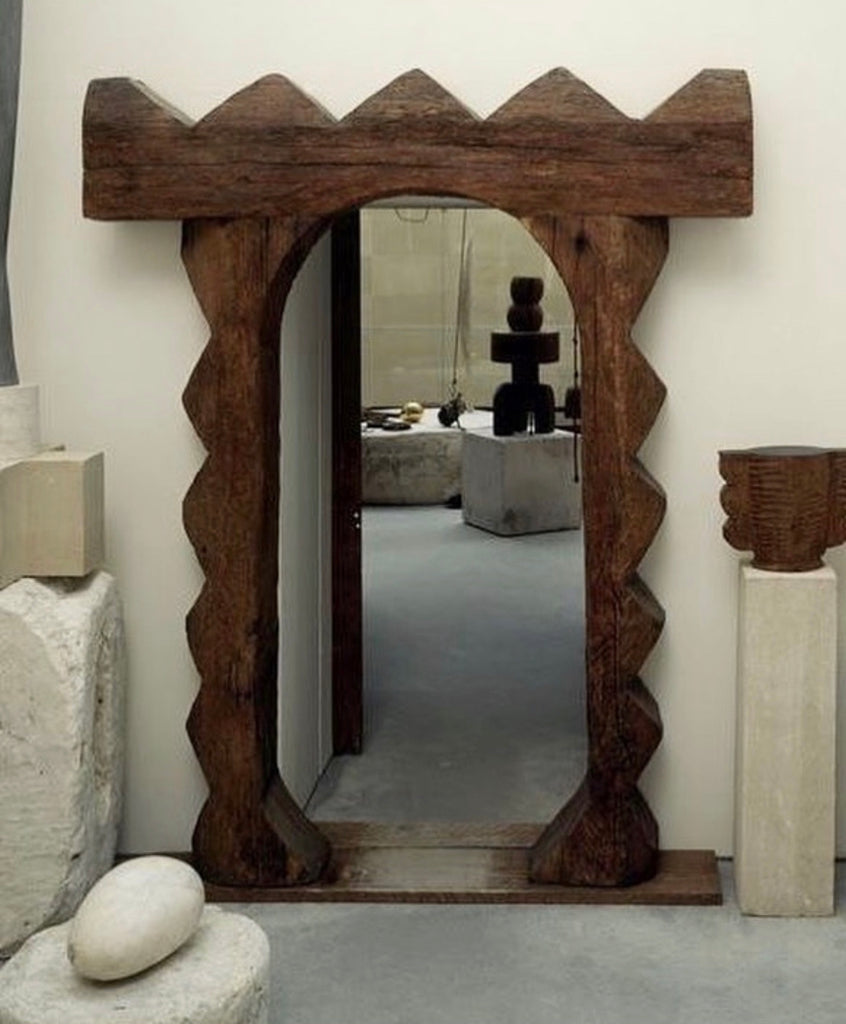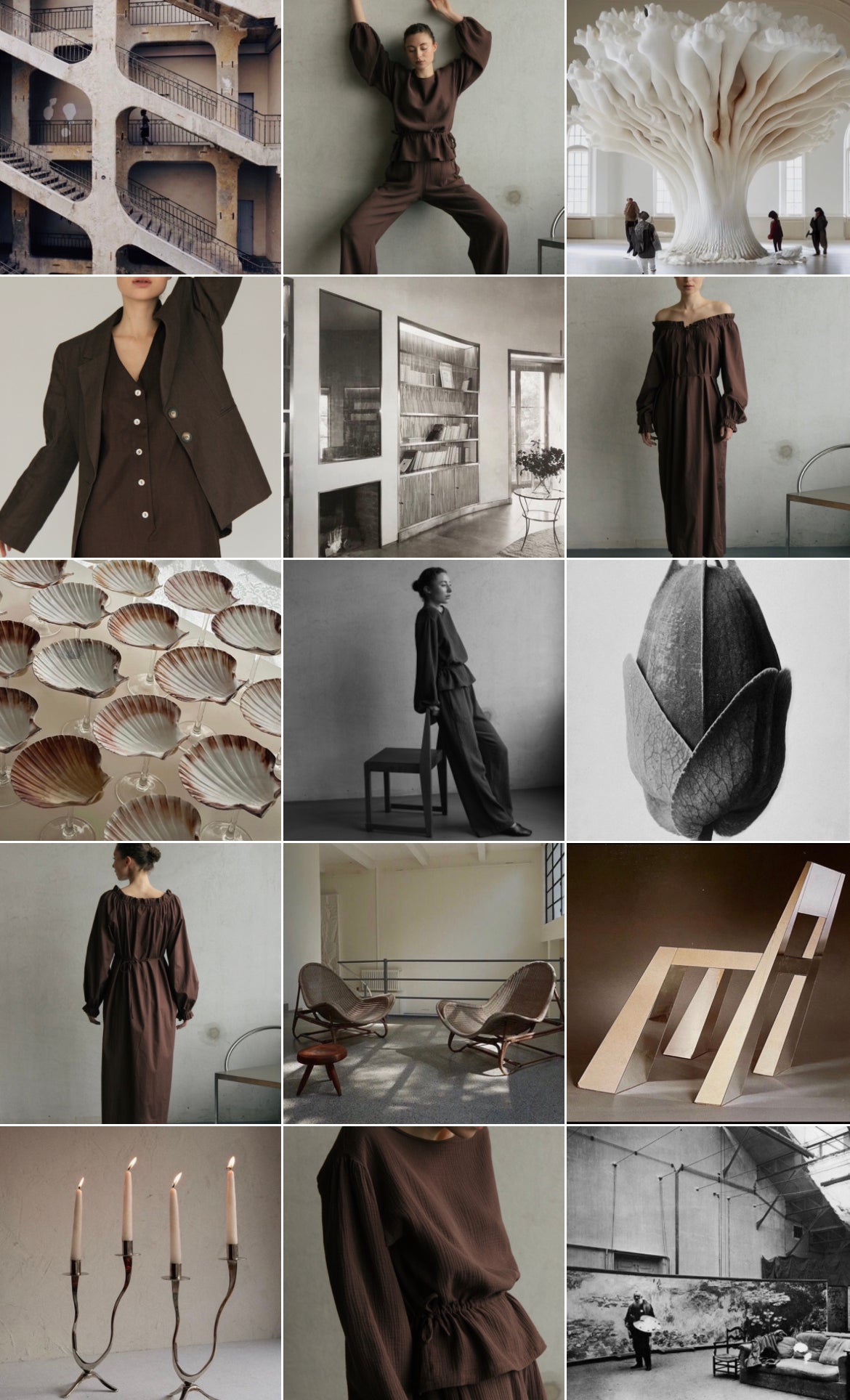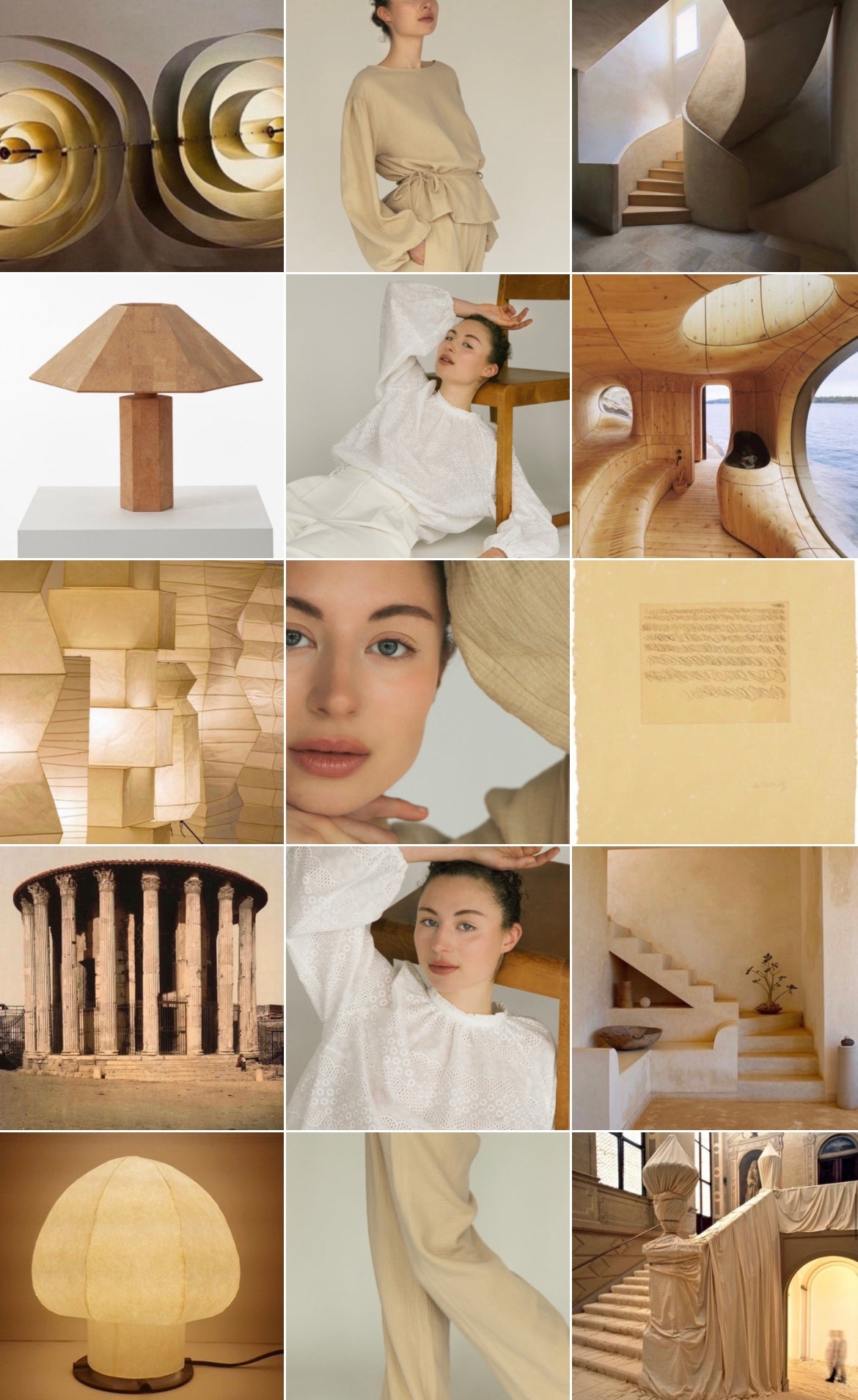
7.23
Crow House
The residence and studio of Henry Varnum Poor. Crow House. South Mountain Road, New City, New York.
Crow House is the handcrafted home built by the artist and craftsman Henry Varnum Poor (1887-1970) just west of the Hudson River, approximately 35 miles north of New York City.
Starting in 1920, Poor created Crow House from the ground up, using local materials, working largely alone. He lived there with his family until his death, creating his famous pottery, well known painting, unique furniture, designs for fresco, textiles, and tile murals.
Atelier Brancusi
From 1916 until his death, Brancusi worked in various studios, at first 8, then 11 Impasse Ronsin in Paris's 15th arrondissement. He used two and then three studios, knocking down the walls to create the first two rooms in which he exhibited his work. In 1936 and 1941, he added two other adjoining areas, which he used for works in progress, and to house his workbench and tools.
Brancusi considered the relationship between sculptures and the space they occupied to be of crucial importance. In the 1910s, by laying sculptures out in a close spatial relationship, he created new works within the studio which he called "mobile groups", stressing the importance of the connections between the works themselves and the possibilities of each for moving around within the group.
In the Twenties the studio became an exhibition space for his work, and a work of art in its own right: a body consisting of cells that all generated each other. This experience of looking from within the studio at each of the sculptures, thus perceiving a group of spatial relationships, led Brancusi to revise their positions every day to achieve the unity he felt most apposite.
At the end of his life, Brancusi stopped creating sculptures and focused solely on their relationship within the studio. This proximity became so fundamental that the artist no longer wanted to exhibit, and when he sold a work, he replaced it with plaster copy so as not to destroy the unity of the group. - words via Centre Pompidou
Captain Kelly’s Cottage
By John Wardie Architects. Captain Kelly’s Cottage involves the painstakingly considered restoration of the original weatherboard cottage on a remote bay of Bruny Island. The original cottage was deteriorating due to its age and its harsh environment. Over its life there had been a number of unsympathetic alterations to the small cottage. Part of the architects’ work involved the removal of these non-original works, to respectfully return the cottage to its original form.
House NA, 2011
By architect Sou Fujimoto in Tokyo, Japan.
Sou Fujimoto states, “The intriguing point of a tree is that these places are not hermetically isolated but are connected to one another in its unique relativity. To hear one's voice from across and above, hopping over to another branch, a discussion taking place across branches by members from separate branches. These are some of the moments of richness encountered through such spatially dense living.”
via archdaily.com
Potter's house in Mallorca
Formerly the home and studio of ceramicist Maria Antonia Carrio, The Potter’s House is located in the far north east of Mallorca, in the small town of Son Servera.
First photo photographed by Francois Halard via WSJ Mag, last two photos credit to Luciano Giubbilei















